Design routines that make waiting survivable.
Shackleton mandates clean camps, hot drinks, and rotating duties even when hope is collapsing.
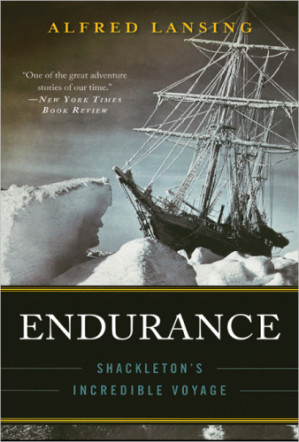
Book summary
by Alfred Lansing
How Sir Ernest Shackleton kept 27 sailors alive on the drifting Weddell Sea ice
Definitive chronicle of Shackleton's Antarctic survival epic
Topics
Break the book into three arcs: entrapment on the ice, the boat run to Elephant Island, and the James Caird rescue. Use Readever's timeline view to log pivotal decisions (abandoning ship, choosing McNeish's carpentering plan, rationing) and annotate how Shackleton applies them. Let the guided highlights surface leadership moves you can mirror, then capture your own crisis protocols in synced notes so the lessons travel back to work.
Things to know before reading
Alfred Lansing reconstructs the 1914–1916 Imperial Trans-Antarctic Expedition using crew diaries, interviews, and Admiralty records. When Shackleton's ship becomes crush-locked in pack ice, the crew improvises a floating camp, hauls lifeboats over pressure ridges, and navigates hurricane seas to reach Elephant Island. The story then narrows to Shackleton's audacious 800-mile open-boat voyage aboard the James Caird and the mountain crossing of South Georgia to rescue every man. Endurance reads like a leadership field manual disguised as an adventure classic.
Every phase of *Endurance* shows that calm routines, honest communication, and daring navigation can coexist.
Shackleton mandates clean camps, hot drinks, and rotating duties even when hope is collapsing.
He orders the ship's cats shot and personal treasures burned while protecting sled dogs and the sick.
The James Caird voyage succeeds because Shackleton tests sails, food, and navigation tactics during shorter shuttles.
Ready to continue? Launch the Readever reader and keep turning pages without paying a cent.
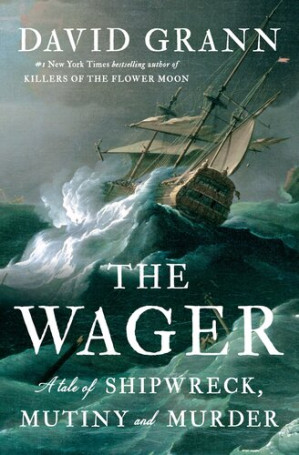
David Grann
Another gripping maritime disaster where leadership and survival collide.

Jon Krakauer
Krakauer's 1996 Everest report mirrors the same stakes of judgment under altitude.
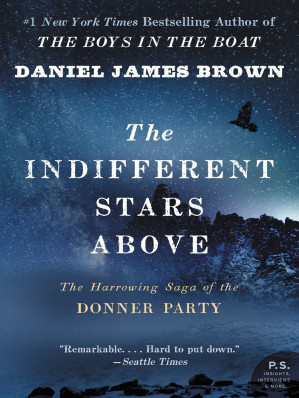
Daniel James Brown
A Donner Party deep dive that complements Shackleton's ordeal on a different frontier.
This summary distills how Shackleton sustained morale, prioritized people over goals, and staged daring but calculated risks. You'll leave with concrete practices—daily rituals, frank communication, and redundant plans—that translate to modern teams facing prolonged uncertainty.
Key idea 1
Shackleton mandates clean camps, hot drinks, and rotating duties even when hope is collapsing.
Daily structure keeps the men from spiraling. Lansing describes morning inspections, card games, and improvised lectures that preserve psychological stamina on drifting ice. Shackleton treats morale as critical infrastructure—he cancels private hoarding, stages celebrations after losses, and redistributes talent to defuse cliques. Leaders facing stalled projects can borrow these rituals to keep teams engaged when progress is invisible.
Key idea 2
He orders the ship's cats shot and personal treasures burned while protecting sled dogs and the sick.
Shackleton repeatedly chooses crew welfare over mission optics—dumping scientific gear to lighten boats, turning back within sight of South Georgia's whaling station to collect stragglers, and absorbing blame in his journal. Lansing shows how that ethic buys absolute trust during the James Caird sail. Modern readers can translate this into transparent trade-offs and visible sacrifices when asking teams to stretch.
Key idea 3
The James Caird voyage succeeds because Shackleton tests sails, food, and navigation tactics during shorter shuttles.
Before attempting the 800-mile gamble, Shackleton rehearses by ferrying supplies between floes, stress-testing Worsley's celestial fixes, and practicing landings through pack ice. Lansing emphasizes that audacity works when paired with incremental rehearsals and redundant crews. Use this lens to design your own high-risk initiatives: simulate, debrief, and only then scale.
Endurance is Lansing's definitive chronicle of Shackleton's 1914 Imperial Trans-Antarctic Expedition. Drawing on journals, Admiralty logs, and fresh interviews with surviving crew members, he reconstructs the journey from the moment the ship locks into the Weddell Sea to the triumphant rescue nearly two years later. The narrative explains the engineering of the ship, the polar weather systems that trapped it, and the improvisational logistics required to move 28 men across shattered ice and open ocean. It is equal parts exploration history, leadership manual, and study of human psychology under extreme stress.
Lansing's focus stays tight on the crew experience—what they ate, how they slept, how they argued, and how they entertained themselves. That granular detail makes the book feel immediate and tactile, inviting readers to imagine running a project where the stakes are quite literally life and death.
Open Readever's reader to highlight passages, ask the AI companion questions, and keep exploring without paying a cent.
Lansing's reporting background shows—every chapter pairs immersive scene-building with documentary rigor. The prose is lean but cinematic, turning sled hauls and boat launches into nail-biting set pieces. Critics often praise the book for its balance between heroism and humility: Shackleton emerges as a near-mythic leader, yet the carpenter Harry McNish, the surgeon Macklin, and navigator Frank Worsley receive equal credit. Modern reviewers still hold Endurance up as the gold standard for expedition writing because it avoids nostalgia and keeps the focus on hard logistical truths.
Critical reception: Upon release in 1959 the book earned rave coverage in The New York Times and Time. Decades later it continues to anchor "best leadership" and "best adventure" lists, and the audiobook regularly charts in business categories—a testament to its crossover appeal beyond polar history buffs.
Team leads and founders facing prolonged uncertainty or pivots
Outdoor educators, expedition planners, and search-and-rescue professionals
Students of leadership theory who want a narrative case study
Fans of survival nonfiction who enjoyed *Into Thin Air* or *The Wager*
Alfred Lansing (1921–1975) was an American journalist and Navy veteran. After serving as a communications officer during World War II, he studied at Northwestern's Medill School of Journalism and later edited Reader's Digest. Lansing became fascinated with Shackleton while researching a short feature, eventually spending years collecting crew diaries and interviewing surviving officers. Although he never visited Antarctica himself, his meticulous archival work and storytelling craft turned Endurance into his signature book.
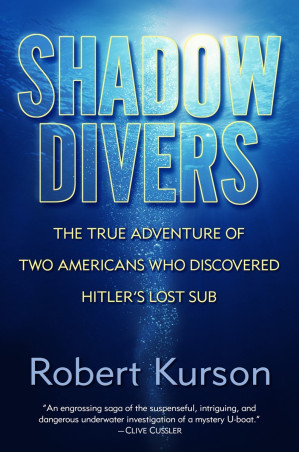
Robert Kurson
Weekend divers obsess over a mystery U-boat with Shackleton-level tenacity.

David Grann
True-crime history that shows how meticulous investigation changes outcomes.

Yuval Noah Harari
Step back and see how exploration fits into humanity's broader arc.
Build your personalized reading stack
Download the full expedition transcript to trace Shackleton's orders alongside Lansing's narrative.
Sync leadership lessons into custom crisis-playbook templates.
Use AI summaries to brief your team on each phase in minutes.
Compare Shackleton's tactics with other survival classics inside Readever collections.
Sign in to Readever to keep reading with AI guidance, instant summaries, and synced notes.
Endurance illustrates that audacious goals collapse without adaptable leaders, strong culture, and relentless preparation. Lansing's account proves that even in frozen deserts, daily rituals, candid communication, and smart risk sequencing can keep teams alive. Read it to remind yourself that abandoning an original KPI in favor of safeguarding people is not failure—it is strategy.

Robin Wall Kimmerer
A lyrical look at reciprocity with the natural world from an Indigenous scientist.

Charles Duhigg
Understand the routines that kept Shackleton's men sane on the ice.
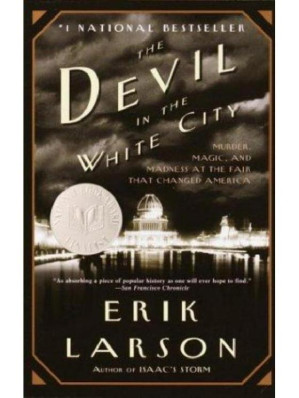
Erik Larson
Another historical narrative that blends meticulous reporting with page-turning prose.
Start reading Endurance: Shackleton's Incredible Voyage for free and unlock personalized book journeys with Readever.